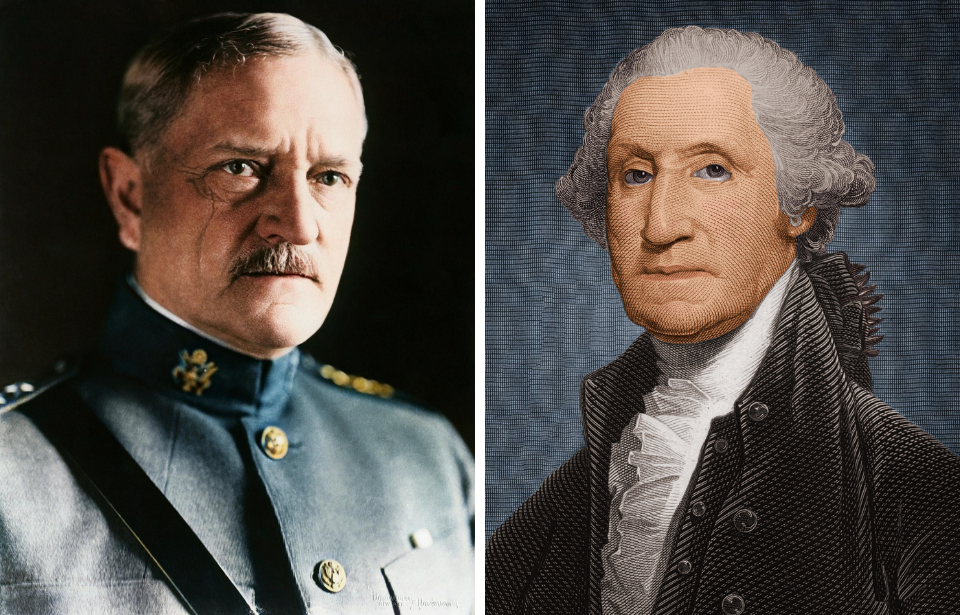The rank of 6-star general is so high in the US military’s hierarchy that the designation has only ever been given out twice. Only one man was promoted to the rank while he was still alive, while the other was named to it posthumously. As you can imagine, their resumes are full of remarkable achievements, making it obvious why they’re the only ones to have ever been granted such a high ranking.
John J. Pershing’s slow climb up the US military hierarchy
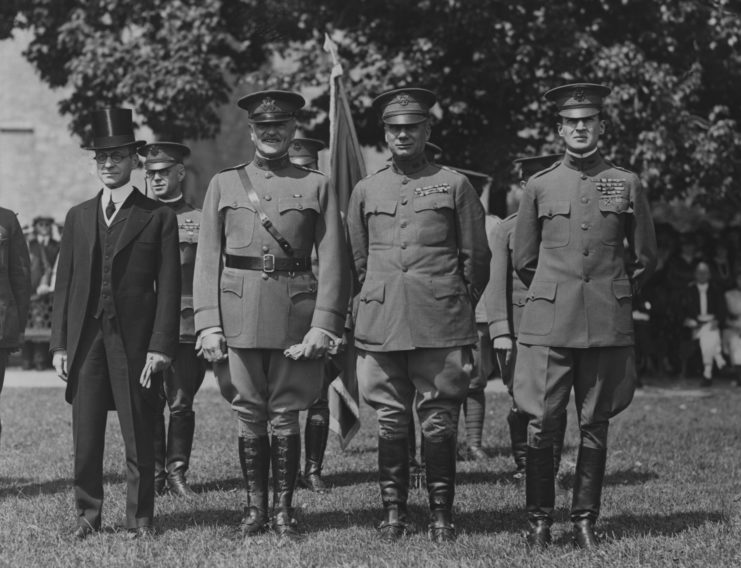
Long before he became a 6-star general, John J. Pershing attended the United States Military Academy West Point. Following graduation, he spent the first years of his military career fighting the Apache and Lakota Sioux in New Mexico, as well as at other Western outposts. While in Montana, he was promoted to first lieutenant of the 10th Cavalry Regiment.
In 1898, Pershing and the 10th Cavalry traveled to Cuba to fight in the Spanish-American War. He fought in the battles of Santiago de Cuba and San Juan Hill, earning himself a Silver Citation Star that was later upgraded to the Silver Star and a promotion to captain. After heading to the Philippines to lead repeated efforts to subdue the Moro Rebellion, he was promoted to brigadier general.
In 1916, US President Woodrow Wilson employed Pershing to lead an expedition in Mexico to search for revolutionary Francisco “Pancho” Villa, who’d recently raided Columbus, New Mexico. The search included around 10,000 soldiers and lasted nearly a year. However, despite the efforts of Pershing and his men, which included the defeat of Villa’s forces, the man himself still remained at large.
John J. Pershing refused to sacrifice American lives
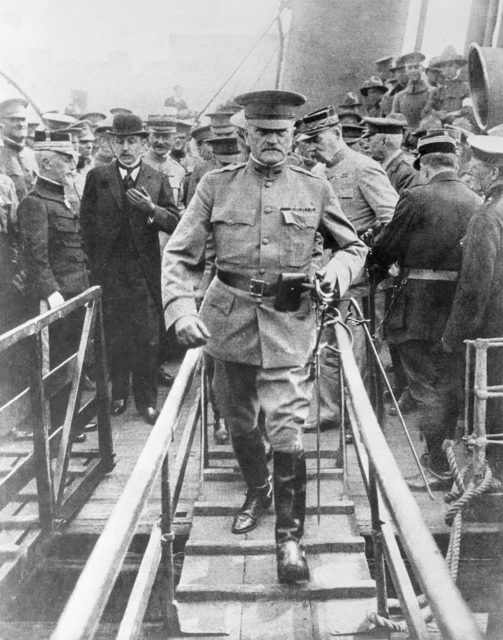
It was when the US entered the First World War in 1917 that Pershing’s military service would lead to his promotion to 6-star general. President Wilson appointed him as commander of the American Expeditionary Force (AEF). He was sent to France to collect a General Organization Report that was used to create an army of one million soldiers by 1918 and three million by the following year. He was tasked with turning these inexperienced servicemen into a professional fighting force.
The French and the British wanted to absorb AEF troops, instead of letting them operate independently. However, Pershing strongly defended the idea of keeping the US Army whole. While the Supreme War Council wound up recommending the amalgamation of US troops into other armies, Pershing refused. He described the decision as “pouring new wine into old bottles.” He wouldn’t sacrifice American lives for cannon fodder.
Promotion to 6-star general
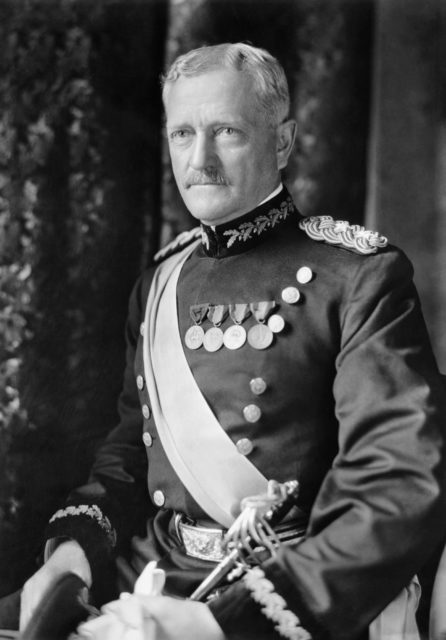
When Pershing returned home, he was recognized for his efforts during WWI and became the first person to be promoted to the rank of 6-star general. The title is officially known as the “General of the Armies of the United States,” and as Pershing was the first person named to the rank, there was no insignia established for the position. This led him to create it himself, wearing gold stars, which differed from the silver worn by generals.
Pershing retained his 6-star rank for the rest of his military career. According to the US Army Center of Military History, he retired from the Army on September 13, 1924 and retained his rank until his death in 1948.
The trouble with George Washington’s military rank
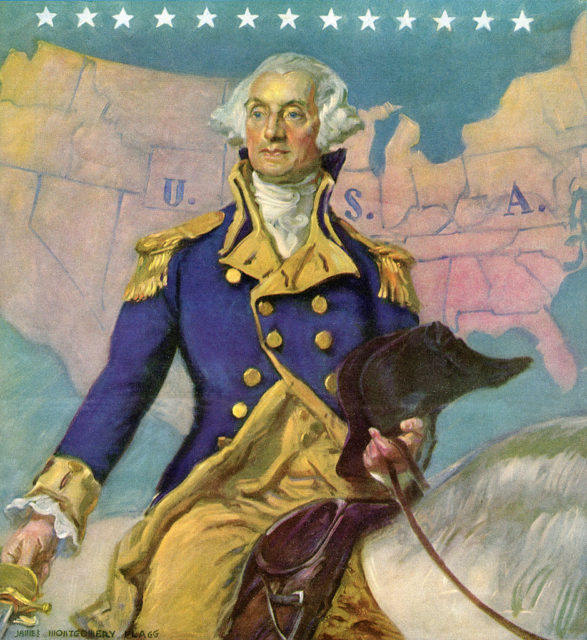
Although John J. Pershing was technically the first person to be given a promotion to 6-star general, it was posthumously given to George Washington, who lived many years prior. Washington served as the first president of the United States. Prior to that, he served as commander in chief of the Continental Army during the American Revolutionary War.
Washington led the Colonial forces to victory over the British, cementing himself as a national hero. He then became the elected president of the convention that wrote the US Constitution. For everything he did, he died with his highest rank at that time: three-star lieutenant general. That meant plenty of four- and five-star generals outranked the man who built the foundation of the country.
A posthumous promotion to 6-star general
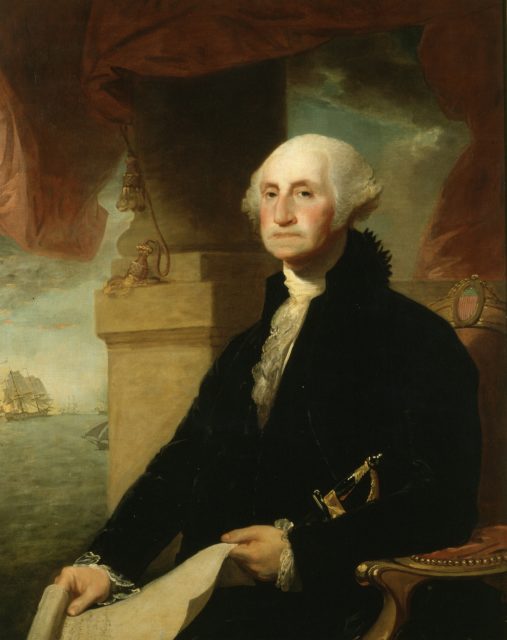
When Washington was promoted to lieutenant general, four- and five-star generals didn’t yet exist, yet alone the rank of six-star. As these rankings were developed, Congress agreed it was inappropriate for Washington to be outranked by officers who’d served in the American Civil War, the First World War or World War II.
On March 13, 1978, a law was passed to promote Washington to the rank of 6-star general, General of the Armies of the United States, effective July 4, 1976. It determined that “no officer of the United States Army should outrank Lieutenant General George Washington on the Army list.”
More from us: The Incredible Military Career of Graves Erskine, the US Marine Who Escorted the Unknown Soldier
As Pershing was also a 6-star general, he didn’t outrank Washington and was therefore allowed to keep his ranking. History will remember these two men for their exemplary service to the country, being the only two (thus far) to be granted such a high level in the US military.
